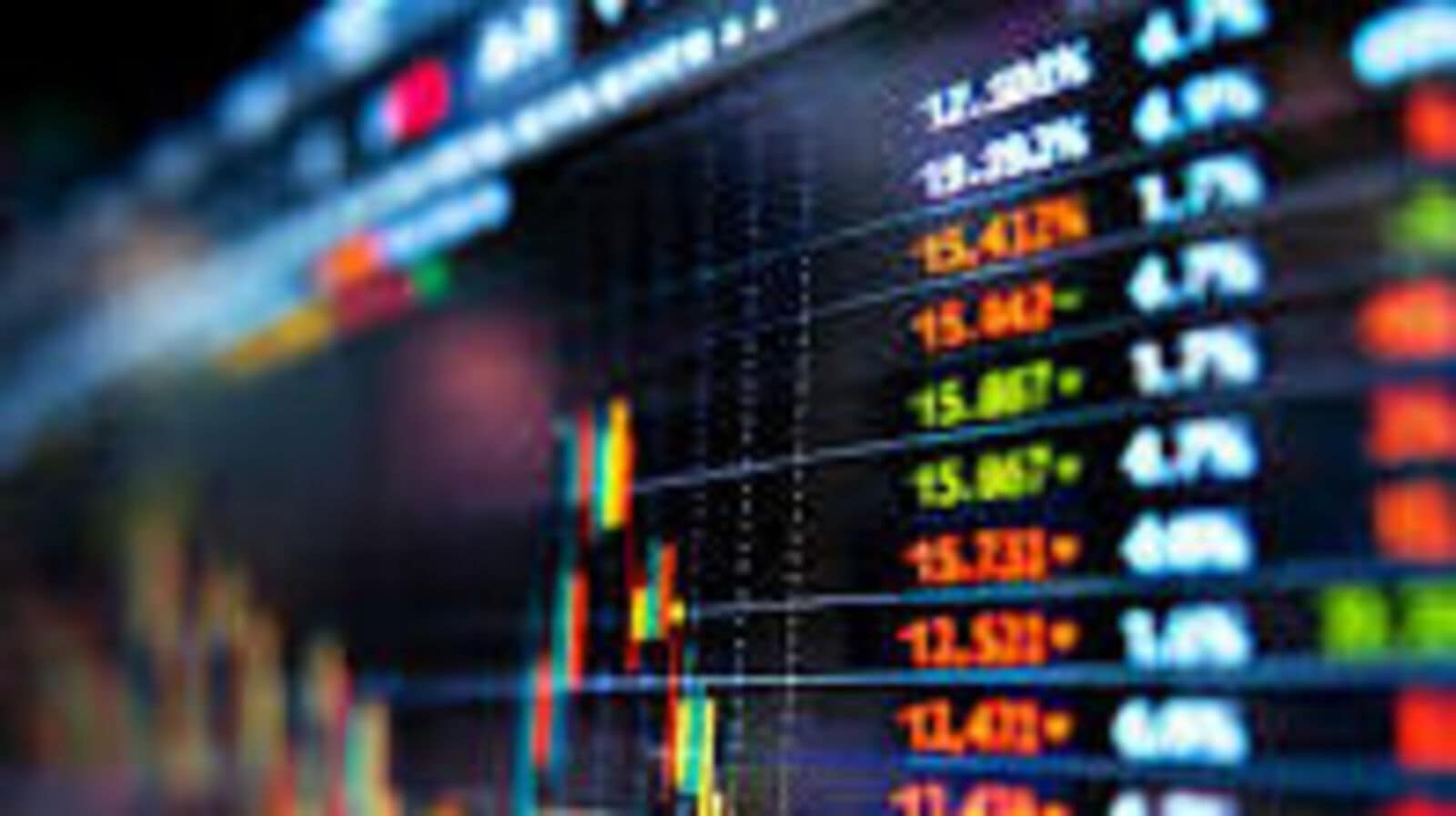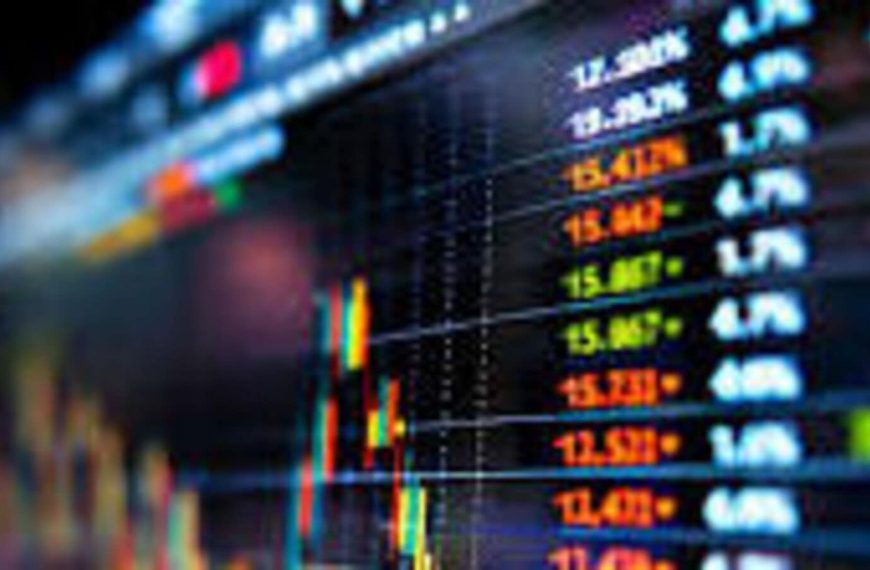On April 21, 2023, Argentina’s peso experienced a notable surge, climbing over 5% in value, much to the surprise of market participants. This impressive recovery brought the currency back to levels seen prior to the recent lifting of stringent capital controls, a move that had rattled traders just the week before. The sudden shift from a controlled "crawling peg" to a more flexible trading band marked a significant change in the country’s monetary policy.
Background on Argentina’s Currency Challenges
The Argentine government took drastic measures last week by dismantling years of capital controls, which had effectively limited the peso’s trading capabilities. This reform was part of a broader strategy linked to a $20 billion agreement with the IMF, allowing the country to access crucial funds to bolster its dwindling foreign reserves. As President Javier Milei aims to stabilize the peso, he is betting on increased agricultural exports and a domestic peso shortage to boost the currency’s value in the short term.
Peso’s Performance and Market Reactions
During trading on Monday, the peso soared to approximately 1,070 per dollar by 11 a.m. (GMT), before experiencing a slight pullback to around 1,080 pesos per dollar by late afternoon. This rebound has effectively reduced the gap between official exchange rates and parallel market rates, which have gained popularity due to restrictive access to formal markets.
- Key points from the recent developments:
- The peso increased by 5.14% on Monday.
- The currency is now trading within a band of 1,000 to 1,400 pesos per dollar.
- Economists believe the new exchange rate system has performed well since its launch.
Economist Roberto Geretto from Adcap Asset Management remarked on the positive debut of the new exchange rate framework, stating, "We cannot exclude the possibility of the dollar moving closer to the lower limit of the trading band."
Future Outlook for the Peso
Milei emphasized that the central bank would refrain from intervening in the foreign exchange market unless the peso falls below the 1,000 pesos per dollar threshold. After an initial decline, peso futures—indicators of market expectations for the currency—have shown signs of recovery, suggesting that traders are becoming increasingly optimistic about the peso’s future.
As Argentina navigates these tumultuous economic waters, all eyes will be on the peso and its potential to regain stability amid ongoing reforms and international financial commitments.











